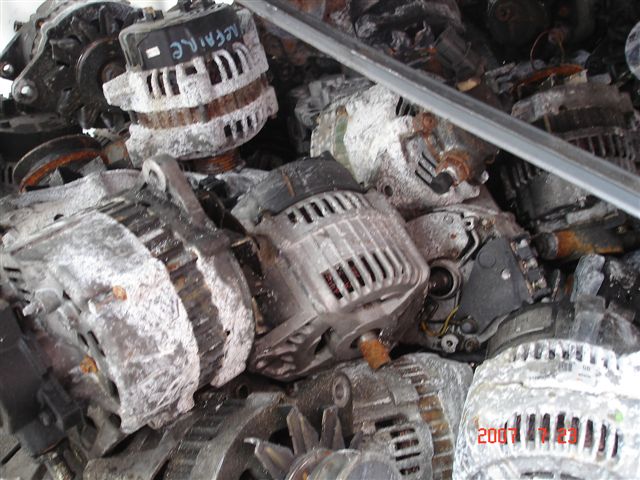
Electric motors are found in applications as diverse as industrial fans, blowers and pumps, machine tools, household appliances, power tools, and disk drives. They may be powered by direct current (e.g., a battery powered portable device or motor vehicle), or by alternating current from a central electrical distribution grid.
The smallest motors may be found in electric wristwatches. Medium-size motors of highly standardized dimensions and characteristics provide convenient mechanical power for industrial uses. The very largest electric motors are used for propulsion of ships, pipeline compressors, and water pumps with ratings in the millions of watts. Electric motors may be classified by the source of electric power, by their internal construction, by their application, or by the type of motion they give.
Electric motors are used in many, if not most, modern machines. Obvious uses would be in rotating machines such as fans, turbines, drills, the wheels on electric cars, locomotives and conveyor belts. Also, in many vibrating or oscillating machines, an electric motor spins an irregular figure with more area on one side of the axle than the other, causing it to appear to be moving up and down.
Electric motors are also popular in robotics.
They are used to turn the wheels of vehicular robots, and servo motors are used to turn arms and legs in humanoid robots. In flying robots, along with helicopters, a motor causes a propeller or wide, flat blades to spin and create lift force, allowing vertical motion.
Electric motors are replacing hydraulic cylinders in airplanes and military equipment.
In industrial and manufacturing businesses, electric motors are used to turn saws and blades in cutting and slicing processes, and to spin gears and mixers (the latter very common in food manufacturing). Linear motors are often used to push products into containers horizontally. Source www.wikipedia.org
Electric motors are also popular in robotics.
They are used to turn the wheels of vehicular robots, and servo motors are used to turn arms and legs in humanoid robots. In flying robots, along with helicopters, a motor causes a propeller or wide, flat blades to spin and create lift force, allowing vertical motion.
Electric motors are replacing hydraulic cylinders in airplanes and military equipment.
In industrial and manufacturing businesses, electric motors are used to turn saws and blades in cutting and slicing processes, and to spin gears and mixers (the latter very common in food manufacturing). Linear motors are often used to push products into containers horizontally. Source www.wikipedia.org
